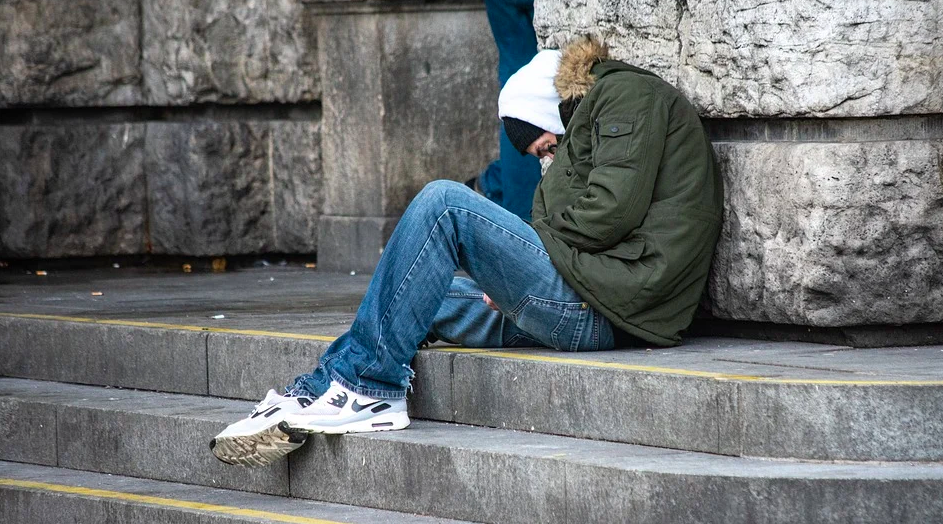We need to understand the ways that economic stratification in our society works and we need to blur the lines that separate us. This will require effort and a challenge of cultural norms. But we all can participate in this effort, regardless of our economic standing.
A family once invited a friend of mine over to their home. To his knowledge this was a normal middle class family living a comfortable life. Entering, he saw that the only surface suitable for family dinner was the parent’s bed: they were too poor to afford a larger home and furniture. My friend was shocked. The possibility that they struggled financially had never crossed his mind. My friend realized that, many times, the challenges that individuals are facing are invisible to many. What would it be like if we saw what was really going on around us?
Many of the Bill Gates and Andrew Carnegies of America have been very generous with their wealth. But our society needs not just generosity from the rich but a local, social presence. We should start by encouraging the integration of the wealthy and their families in our local communities, especially among the less fortunate.
For example, several years ago I was invited to play hockey with some friends and their acquaintances at a local community center and ice rink. As we left after the game, I saw a father and his two sons from our group head over to an exotic sports car, toss their gear in the back seat and drive away. After inquiring I learned that the man was one of the wealthiest in the region and had donated the funds to build the community center. I realized for him it wasn’t enough just to donate money, but spending time and maintaining a presence in the community with his family was just as important. He recognized that moral support and a consistent presence was just as essential as a financial donation.
The New York Times reported, “The top 10 percent of earners took more than half of the country’s overall income in 2012, the highest proportion recorded in a century of government record-keeping.” Forbes reported another troubling statistic: of the 400 wealthiest people in America, 60 percent grew up in significantly wealthy families. Because of such a stark economic divide, I fear that many economically powerful individuals are unaware of the harsh living realities faced by the poor every day. However, the extremely wealthy (and those of us not as fortunate) can help to create a more open and understanding society by joining forces in local communities.
The reality of the widening wealth gap needs serious attention from various institutions. But everyone can be a part of the solution through increased involvement in and awareness of the struggles of others. The wealthy could donate to a soup kitchen. But what would happen if they stood shoulder to shoulder with other volunteers, with an apron on and a ladle so as to see what good their contribution does and how they can help more?
If a multi-millionaire is the coach of the local little league baseball team, he can truthfully teach the importance of hard work and higher education to our children. The founder of a successful temporary agency might host a weekly yoga class for the women in the community so that she can help them learn leadership and confidence. If the economically successful are mentoring our children and rubbing shoulders with their low-income neighbors, avenues of awareness open
The rest of us can take the important step of welcoming everyone into our communities, regardless of social strata. There can be an open door for the wealthy to come and join with us and proactively understand the concerns of the less fortunate. A nation of communities based on acceptance and understanding will allow us to work together to solve our problems and be more prosperous.






